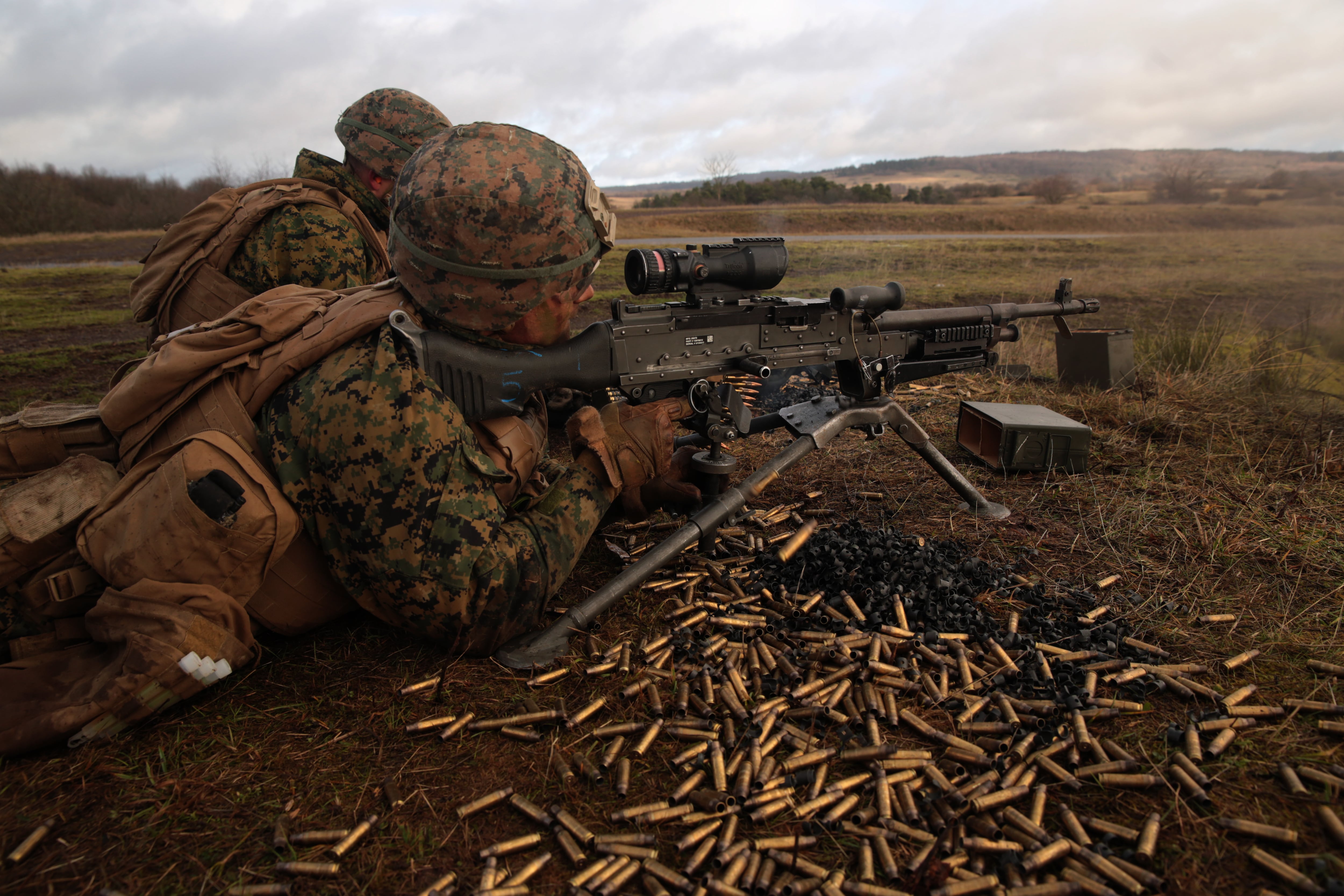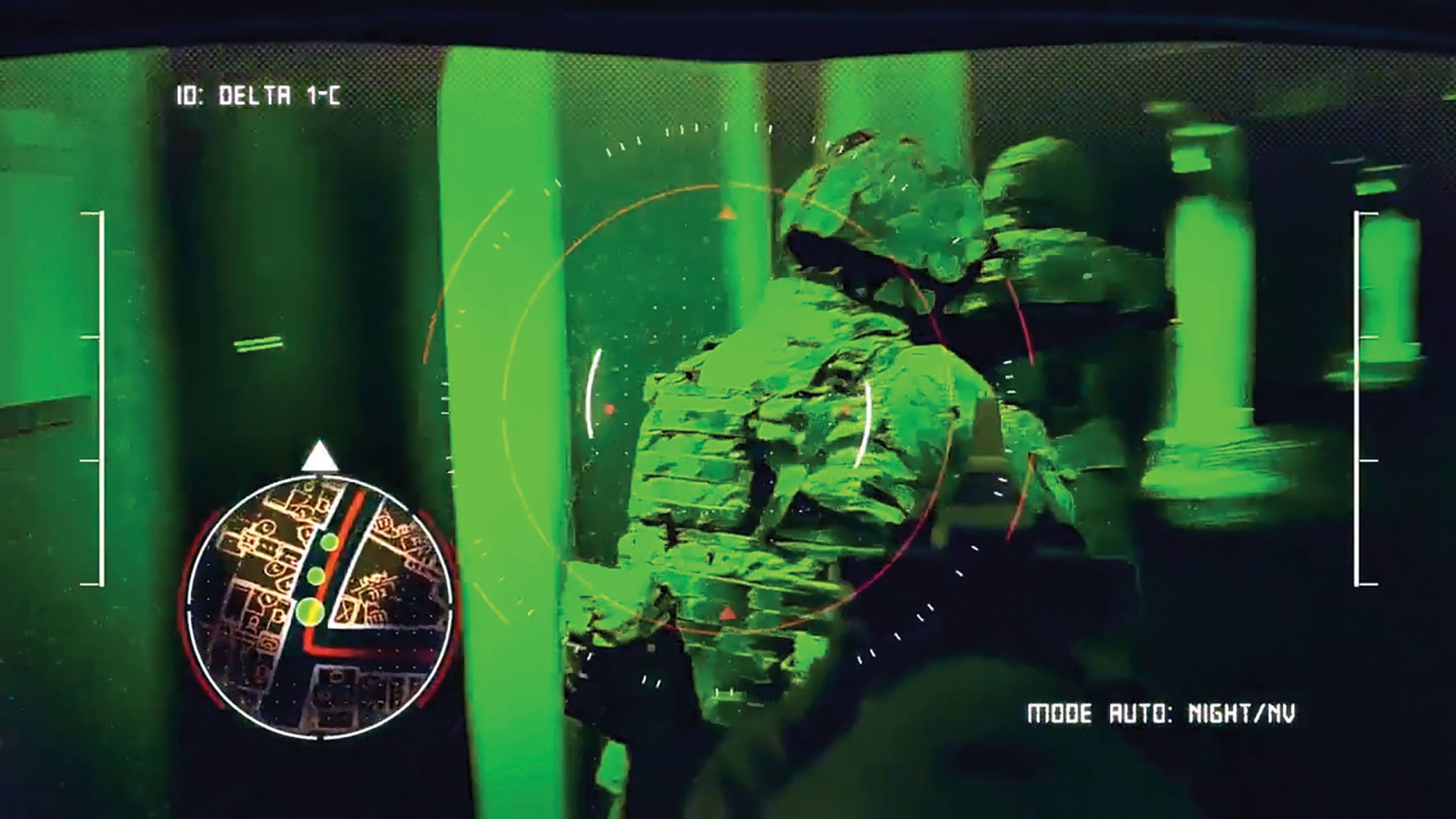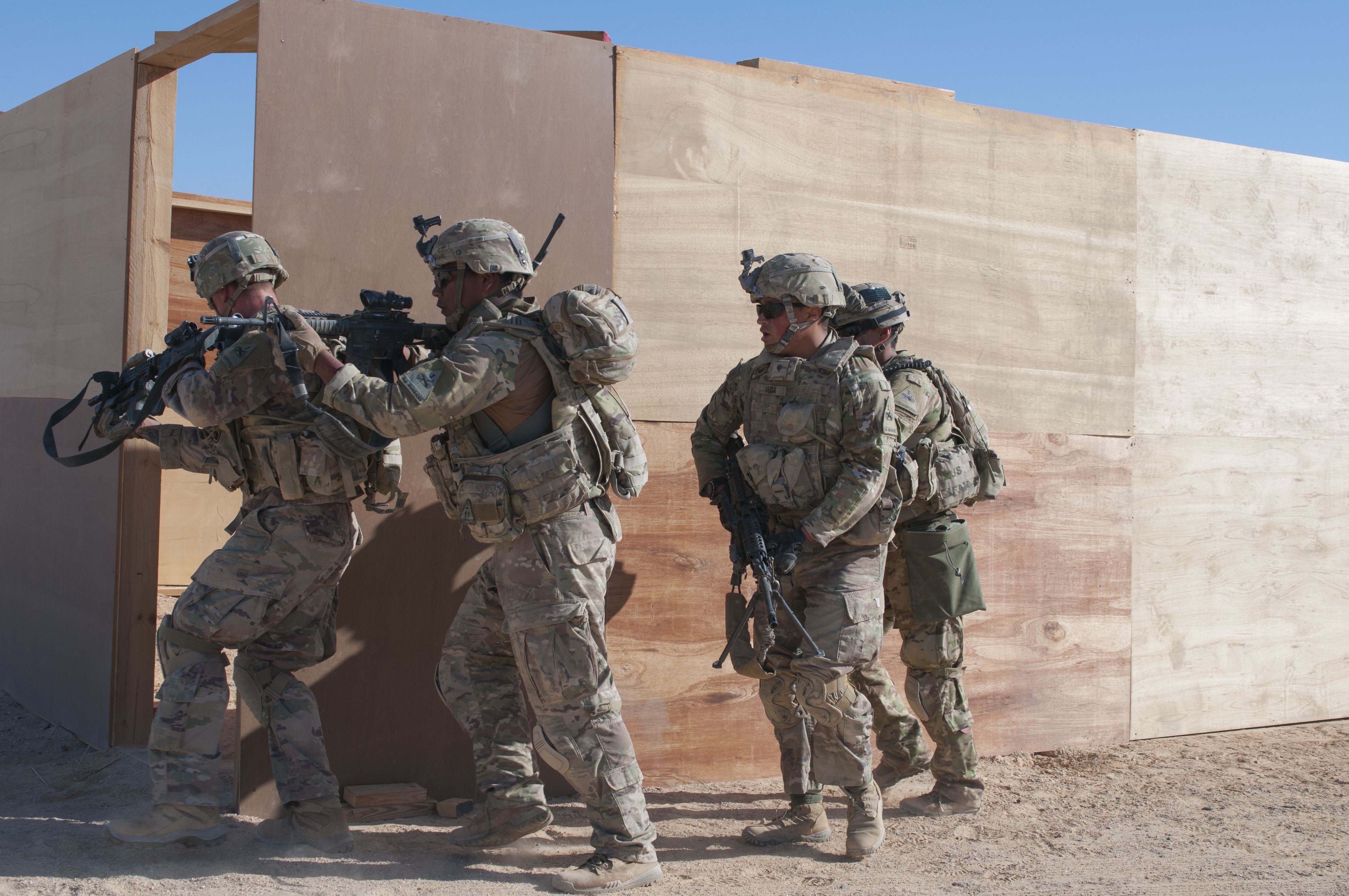FREDERICKSBURG, Va. — The days are coming when a squad leader on a battlefield, far from headquarters and large supporting units, will pull out something that looks like a smartphone, open an app and push a button and something in front of his squad will explode.
That’s one piece of a large vision that is emerging from work being done by the Pentagon’s Close Combat Lethality Task Force, said one of its originators, retired Army Maj. Gen. Robert Scales.
Scales, a Vietnam veteran and former commandant of the U.S. Army War College, was speaking this week at the annual National Defense Industrial Association’s Armaments Systems Forum.
“We used to believe that operational art drove tactical art,” Scales said. “We’re seeing now that it’s the opposite.”
RELATED

The forum is heavy on technical advances both present and future, but the retired two-star shared more notes on how the way the United States and others fight will be “turned upside down” by a combination of technical and tactical.
“It’s not a technical problem, it’s an organizational and bureaucratic problem,” he said. “We have the tech to do what I’m describing with a quadcopter purchased at Walmart. The problem is having it integrated and immediately responsive.”
The smartphone bombing app was one of a number of examples of how small units, the size of either an Army or Marine squad, will influence operational and strategic levels of warfare from the tactical level.
Much of the work being done at that lower level is drawing on lessons from special operations forces from the past 15 years or more of combat, he said.
Their work has led to what is called a “cone of impunity,” in which small teams are enabled to move freely.
They do that by having missile fires, close-air support and layers of defense that include shoulder-fired weapons to take out big things like tanks and aircraft, he said.
He would also add swarms of drones to create a protective bubble. That’s all to ensure that those small units are not able to be surprised.
His remarks were a kind of preview of a larger piece he said would be publicized in November as part of the work of the task force.
The task force has helped prioritize funding for the close combat 100,000 – infantry, special operations, scouts and combat engineers – who do most of the fighting, killing and dying but receive a fraction of the overall defense budget.
Some of the early priorities include new night-vision devices, accelerated development on a next generation rifle and machine gun and a futuristic Integrated Visual Augmentation System, or IVAS, that would put night, thermal, wayfinding and targeting into one device that could also share data across the squad and up the echelons.
RELATED

But more recently their next phase of efforts have focused on improving recruitment, retention and upping the human performance factors that make those individuals in close combat capable of handling increasingly complex future missions and responsibilities.
For that reason, Scales is calling upon the Defense Department to view the close combat forces as an “excepted” portion, much like the “nuclear Navy” was considered early in the Cold War as that force, still part of the regular service, saw its mission prioritized to meet strategic goals.
And, much like that nuclear Navy, the squad-level operators should have at their fingertips weapons systems and authorities that remove the bureaucratic layers that, for now, get in the way of rapid action and reaction on a battlefield that moves in milliseconds.
As the two-star noted, individual soldiers and Marines carry on their backs capabilities that once consumed acres of equipment, from communications to precision strike networks.

“We’re asking units at the squad level to do what brigades or battalions did 20 years ago,” Scales said.
To do that they’ll need to augment themselves with robotics, cyber and aerial dominance and “reach back” weaponry.
He painted a picture of a battlefield of mostly empty spaces between small units. A “checkerboard assortment of amoebic force” would see a squad spotting a Russian phalanx 100km away and be able to bring to bear systems that would attack, kill and degrade that larger unit to the point that it would have to dismount simply to survive.
Scales’ books, including “Yellow Smoke: The Future of Land Warfare for America’s Military,” and the more recent, “Scales on War: The Future of America’s Military at Risk,” have provided a kind of road map for work by the task force, formed in 2017 by then-Secretary of Defense Jim Mattis, himself a career infantry retired Marine general.
Todd South has written about crime, courts, government and the military for multiple publications since 2004 and was named a 2014 Pulitzer finalist for a co-written project on witness intimidation. Todd is a Marine veteran of the Iraq War.





